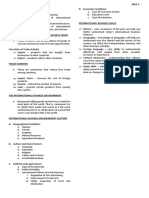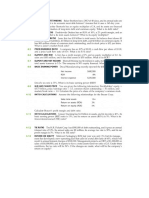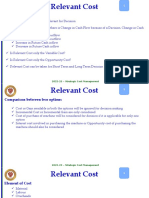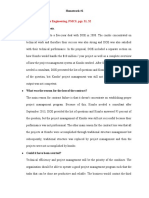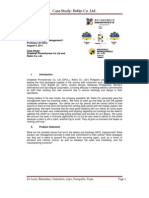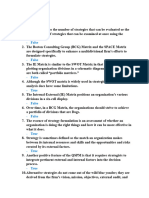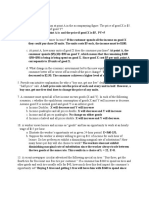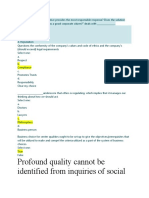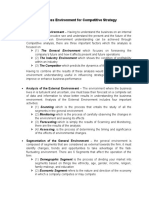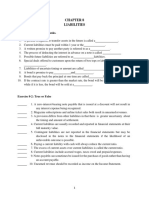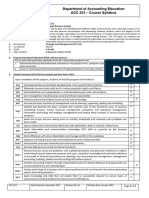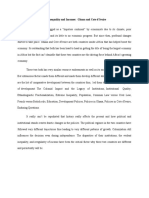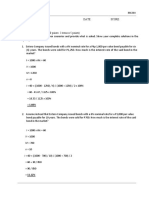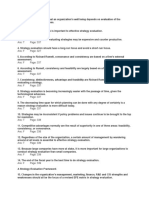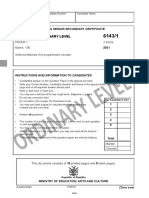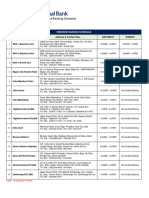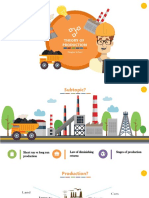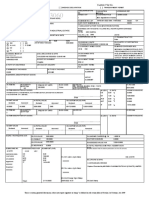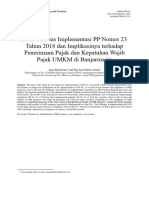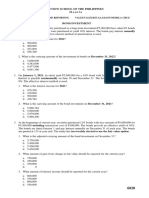0% found this document useful (0 votes)
477 views2 pagesIntroduction To Economic Development Lecture Notes
This document introduces economic development and its core objectives and values. It discusses that economic development focuses on raising countries from low income levels to higher standards of living. The three core values of development are sustenance, self-esteem, and freedom. The three objectives of development are to increase the availability of basic goods, raise living standards and incomes, and expand economic and social choices available. When comparing economies' development levels, it is important to consider factors like GDP as well as human development indicators and to use either exchange rates or purchasing power parity exchange rates.
Uploaded by
Vermatex PHCopyright
© © All Rights Reserved
We take content rights seriously. If you suspect this is your content, claim it here.
Available Formats
Download as DOCX, PDF, TXT or read online on Scribd
0% found this document useful (0 votes)
477 views2 pagesIntroduction To Economic Development Lecture Notes
This document introduces economic development and its core objectives and values. It discusses that economic development focuses on raising countries from low income levels to higher standards of living. The three core values of development are sustenance, self-esteem, and freedom. The three objectives of development are to increase the availability of basic goods, raise living standards and incomes, and expand economic and social choices available. When comparing economies' development levels, it is important to consider factors like GDP as well as human development indicators and to use either exchange rates or purchasing power parity exchange rates.
Uploaded by
Vermatex PHCopyright
© © All Rights Reserved
We take content rights seriously. If you suspect this is your content, claim it here.
Available Formats
Download as DOCX, PDF, TXT or read online on Scribd
/ 2




